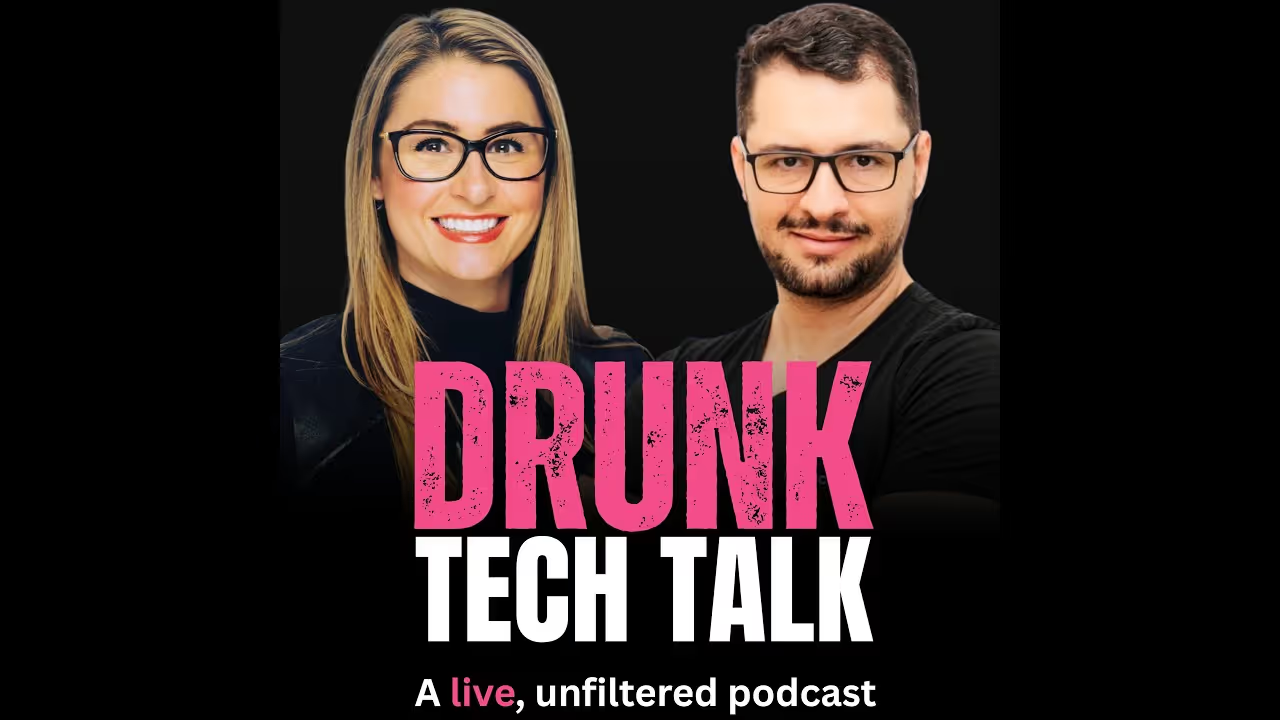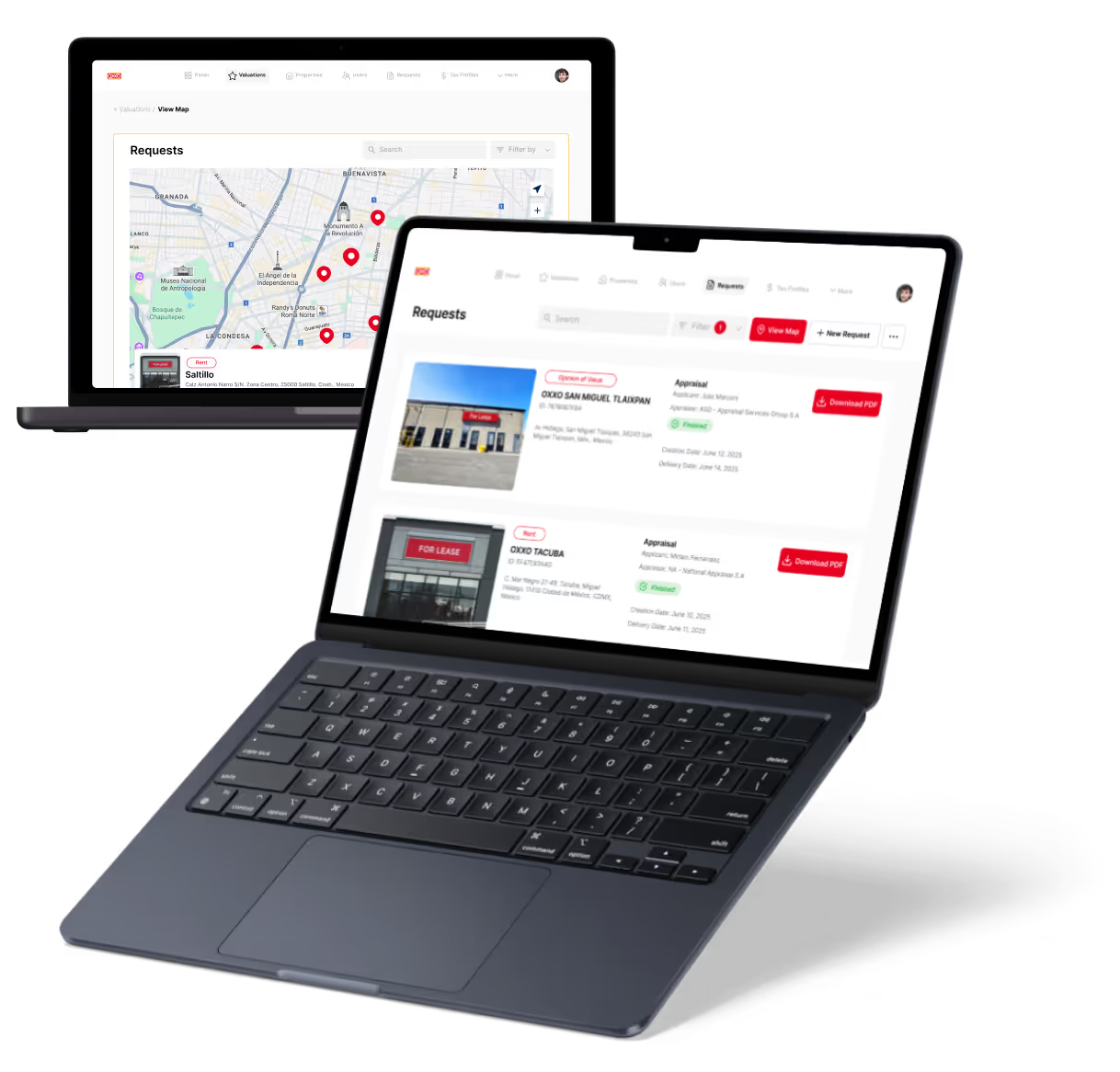Bubble vs Backendless | 10 Factors to Decide the Best One
15 min
read
Compare Bubble vs Backendless across 9 factors like UI, logic, API, and scalability to find the best no-code platform for your app’s needs

The no-code market is growing fast, with over $13 billion in value projected by 2025. As more people build apps without coding, platforms like Bubble and Backendless have become top choices. But they serve very different purposes.
Bubble is a full visual app builder for web apps, offering front-end and backend tools in one platform. Backendless focuses on backend services, giving you more power to manage databases, APIs, and logic—often paired with external front-ends.
If you’re deciding between these two, this guide will help. We’ll compare them across ease of use, design, backend features, API support, performance, scalability, and more, so you can choose the right tool for your next app.
Quick Comparison Table - Bubble vs Backendless
1. What’s the core difference between Bubble vs Backendless?
The core difference between Bubble and Backendless is what part of the app they help you build.
Bubble is a front-end and logic builder. It lets you create full web apps visually—designing pages, adding workflows, and handling user actions without code. You can also store data and use plugins, making it great for building fully functional web apps fast.
Backendless, on the other hand, is focused on the backend. It gives you tools for managing databases, APIs, user authentication, file storage, and real-time data. You can use it with any front-end like Bubble, Flutter, or custom code.
So if you want to build the whole app inside one tool, go with Bubble. But if you already have a front-end and need a strong backend to support it, Backendless gives you more backend power and control.
2. Ease of Use
Let’s start with how easy each platform is for beginners and pros alike.
How beginner-friendly is Bubble?
Bubble is built for non-developers and has a visual drag-and-drop interface for creating web apps. You can design pages and set up workflows without writing code. The platform uses a visual logic editor, so you can define how your app behaves using “when… do…” statements.
While the interface is simple, new users may need some time to understand how workflows, custom states, and responsive design work. Bubble also has a strong set of tutorials, templates, and an active community to help you get started. It’s friendly to beginners but still powerful enough for advanced use.
Is Backendless easy to learn?
Backendless offers a visual backend development experience but is more technical than Bubble. Its interface includes a console for managing data, logic, and APIs. The Codeless logic builder helps non-coders create workflows, but many features still require technical understanding. Onboarding is smoother for those with development knowledge.
For beginners, the learning curve can feel steep, especially when working with APIs or configuring database permissions. However, its guided tutorials, built-in tools, and visual logic editor help reduce complexity. Backendless is best suited for users who are technically comfortable or want more backend control.
3. Front-End Capabilities
Now let’s compare what each platform offers for building user interfaces.
What kind of front-end builder does Bubble offer?
Bubble provides a full visual editor for designing pixel-perfect web apps. You can drag elements onto a canvas, set styles, and adjust spacing with complete control. The responsive editor helps you adapt layouts for different screen sizes. Bubble also supports reusable components, conditional visibility, and custom states.
Whether you're building a dashboard, marketplace, or SaaS tool, the visual editor gives you full flexibility. You don’t need external tools for front-end development, making it an all-in-one platform. For web apps with rich UIs, Bubble offers one of the best design experiences among no-code tools.
Can you build front-ends with Backendless?
Backendless does offer a UI Builder, but it is basic compared to Bubble. You can create simple interfaces with forms, lists, and buttons using drag-and-drop elements. However, most users prefer to pair Backendless with external front-end frameworks like Flutter, React, or Webflow for more control and flexibility.
The platform focuses more on the backend and data layer, making it better suited as a backend service. If you already have a front-end built elsewhere or plan to use custom design tools, Backendless is a powerful backend to connect with your UI.
Read more about:
4. Backend Features and Logic
Here’s where the platforms differ most—let’s look under the hood.
How powerful is Backendless for backend development?
Backendless is one of the strongest no-code backends available. It includes a real-time database, user authentication, cloud code, geolocation, and publish-subscribe messaging. You can build scalable apps with backend logic, data relationships, and user roles.
Backendless also supports timers, file storage, and security rules. These features are helpful for apps that need real-time chat, push notifications, or location-based services. Whether you’re building a mobile app or API-powered tool, Backendless can manage complex backend logic without needing a server setup.
What backend tools does Bubble include?
Bubble has a built-in database, backend workflows, and data privacy rules. You can create custom data types, run backend events on schedules, and trigger actions when data changes. While it doesn't have native real-time features, you can mimic many backend actions using workflows and third-party plugins.
Bubble supports file uploads, user authentication, and conditional logic. It’s ideal for internal tools, marketplaces, and SaaS apps that need basic to moderate backend features. For advanced needs, it’s common to connect Bubble to tools like Backendless or Xano.
Can you build logic visually on both platforms?
Yes, both platforms offer visual logic builders. Bubble uses a Workflow editor that lets you define actions based on events, such as button clicks or data changes. It’s easy to understand and good for beginners. Backendless uses a Codeless logic builder with a block-style interface, closer to visual programming.
It works for server-side logic, API calls, and data rules. While both tools support visual development, Backendless gives more power for backend automation, while Bubble focuses more on front-end interactions and page-level workflows.
5. API and Integration Support
Let’s compare how easy it is to connect each tool with external services.
Does Bubble support API connections?
Yes, Bubble makes it easy to connect with external APIs using its built-in API Connector. You can use REST APIs to fetch, send, or update data from third-party tools. Bubble also allows you to expose your own app’s data through auto-generated API endpoints. This means other platforms can interact with your app.
Bubble supports authentication methods like Bearer tokens, headers, and even OAuth. For many SaaS or marketplace apps, this makes integration with services like Stripe, SendGrid, or Google Maps straightforward. Bubble is a solid choice for no-code users who want API flexibility.
What integrations does Backendless support?
Backendless offers strong integration options at the backend level. You can connect REST APIs, GraphQL, or SOAP services. It also supports built-in logic for making API calls and processing responses through its Codeless builder or JavaScript.
Backendless provides real-time event support and can trigger custom backend workflows when certain API calls happen. It works well with third-party tools like Zapier or Integromat through webhooks. For mobile apps or multi-platform systems, Backendless gives more technical control over API behavior and data security than many other no-code tools.
Read more about:
6. Performance and Scalability
How do apps perform under load, and can they scale with growth?
Which platform handles large apps better?
Backendless is designed to handle large-scale apps with high user traffic. It supports real-time data sync, fast database queries, and load balancing across servers. Because it separates the backend from the front-end, developers can build mobile or web apps that perform well even with complex logic.
Bubble can handle medium to large apps, but performance depends on how workflows are structured and how much data is processed on each page. Apps with heavy user interactions may need performance tuning or a dedicated Bubble server to run smoothly.
What about performance tuning options?
In Backendless, you can fine-tune performance using indexed queries, custom server logic, and throttling settings. You can also monitor usage through analytics and logs. These tools help developers keep apps fast as they grow. Bubble also offers performance tools like data privacy rules, backend triggers, and conditional visibility to manage what loads and when.
However, Bubble apps often require workflow optimization to reduce load times. For high-performance apps, Backendless gives more backend control, while Bubble requires smart app design for smooth performance.
7. Collaboration and Team Features
If you’re building with a team, here’s what to expect.
Does Bubble support team-based workflows?
Yes, Bubble offers collaboration tools through its Team plan. Multiple developers or designers can work on the same app, with version control and deployment stages. You can create development versions, test changes, and then push updates to live.
Bubble also lets you assign different permissions to team members. It’s suitable for startups or agencies working with multiple stakeholders. While not as advanced as Git, it’s a practical setup for no-code collaboration.
What about Backendless for teams?
Backendless provides strong team features for technical projects. It supports role-based access control, so different team members can manage data, APIs, or logic based on their permissions. Multiple developers can work together on projects, and the platform supports staging environments and API versioning.
For larger teams or technical builds, Backendless allows more structured development workflows. It fits well into hybrid teams where both developers and no-code builders collaborate.
8. Code Export and Lock-In
A critical factor—can you take your code with you?
Can you export your Bubble app?
No, Bubble does not allow full code export. The app you build runs on Bubble’s proprietary engine, which means you're locked into their platform. While you can export some static content and use APIs to move your data, the design, logic, and workflows stay inside Bubble.
This can be a concern if you plan to move your app later or want more control over hosting. However, for many startups and internal tools, this lock-in is worth the speed and ease of development that Bubble provides.
Does Backendless allow more portability?
Yes, Backendless offers more flexibility. With the free and cloud versions, your backend stays on their servers. But if you upgrade to Backendless Pro or Managed Backendless, you can host the entire platform on your own server and access the source code.
This means you can run your backend anywhere and keep full control over data, logic, and performance. For teams that care about long-term portability or enterprise compliance, Backendless provides more freedom than most no-code tools.
Read more about:
9. Support, Community, and Documentation
Let’s explore how easy it is to get help and stay updated.
How strong is the Bubble community?
Bubble has one of the largest no-code communities. Their official forum is active with thousands of discussions covering bugs, feature requests, and how-to guides. You’ll also find hundreds of tutorials on YouTube, third-party courses, and templates to speed up development.
Bubble’s documentation is beginner-friendly and includes many real-world examples. Whether you’re stuck on a workflow or need plugin suggestions, the Bubble community is a strong support system for learning and growth.
What support does Backendless offer?
Backendless provides a good mix of official and community support. You can access documentation, how-to guides, YouTube tutorials, and an active Slack group. The docs cover both codeless and code-based features clearly.
For more technical questions or project help, Backendless offers tiered support plans, including priority support and consulting. It’s especially helpful for teams with specific backend needs. While the community is smaller than Bubble’s, the platform offers solid learning resources for those willing to dive deeper.
10. When to Choose Bubble vs Backendless
Not all projects have the same needs—here’s how to decide which tool is right for you.
When should you choose Bubble?
Choose Bubble when you want to build a complete web app without writing code. It’s ideal for founders, startups, and small teams who want to create SaaS products, marketplaces, CRMs, or internal tools. Bubble gives you full control over front-end design and app workflows using a visual editor.
You don’t need to set up servers or handle databases manually—Bubble handles it all in one place. If speed to market, UI customization, and an all-in-one experience matter most, Bubble is the better option. It’s especially good if your app logic is simple to moderate and you don’t plan to scale massively right away.
When should you choose Backendless?
Choose Backendless when your app needs a strong, scalable backend. It’s a great choice if you’re already using a front-end like Flutter, React, or even Bubble and want more backend power. Use it for apps that require real-time updates, user roles, custom APIs, or server logic.
Backendless is also better if you need app portability, self-hosting, or advanced backend features like pub/sub messaging, geolocation, or timers. If you're working with a developer team or need more control over performance, security, and data structure, Backendless is the smart pick.
Created on
June 29, 2025
. Last updated on
December 11, 2025
.

FAQs
Is Bubble easier to use than Backendless?
Can I use Backendless with Bubble?
Does Bubble work for mobile apps?
Is Backendless good for real-time apps?
Can I move my app away from Bubble later?
Does Backendless offer a free plan?







%20(Custom).avif)




.avif)



